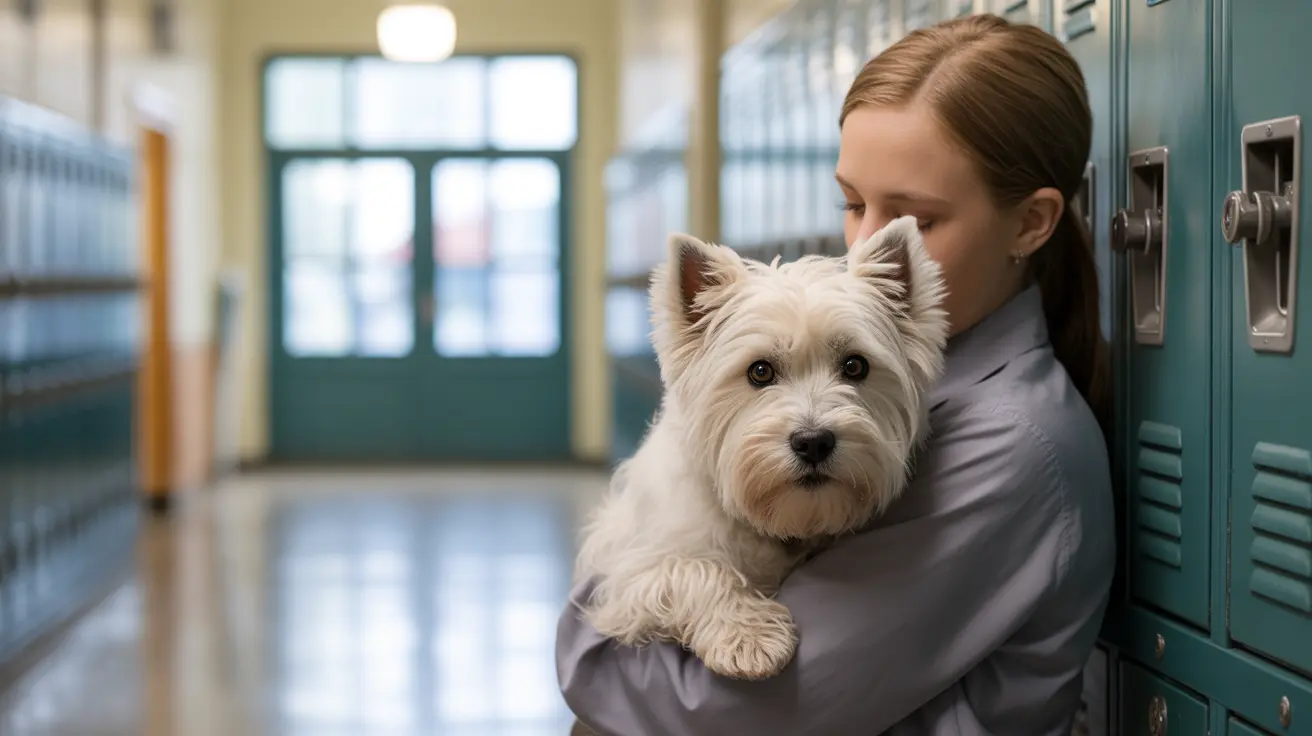The Turtle Back Zoo in West Orange, New Jersey, is revolutionizing how visitors connect with wildlife through an innovative approach to animal care transparency. This groundbreaking initiative allows guests to observe real-time vet procedures zoo staff perform on various animals, creating an unprecedented educational opportunity that transforms routine medical checkups into captivating learning experiences.
During a recent morning visit, approximately a dozen fascinated spectators gathered around a plate-glass window to witness something truly extraordinary. For over thirty minutes, they watched veterinarians conduct a thorough medical examination of a young sulcata tortoise, turning what would typically be a behind-the-scenes procedure into a public demonstration of professional animal healthcare.
Interactive Vet Demonstrations: A New Educational Frontier
This innovative approach to zoo animal education programs represents a significant shift in how modern zoos engage with their communities. By making live animal checkups at zoos visible to the public, facilities like Turtle Back Zoo are fostering deeper connections between visitors and the animals they care for.
The transparent animal care zoos model serves multiple educational purposes. Visitors gain firsthand insight into the complexity and dedication required for proper animal welfare, while children and adults alike develop a greater appreciation for veterinary science and conservation efforts.
Behind-the-Scenes Zoo Vet Tours: Building Emotional Connections
These public zoo veterinary procedures create powerful learning moments that traditional exhibits simply cannot match. When visitors observe the gentle, professional care that zoo veterinarians provide, they witness the reality of modern animal conservation efforts in action.
The emotional connection zoo animals develop with their caregivers becomes evident during these demonstrations, helping visitors understand that these relationships are built on trust, consistency, and expert medical attention. This transparency helps dispel misconceptions about zoo animal welfare while showcasing the advanced medical care facilities provide.
STEM Careers Animal Care: Inspiring the Next Generation
For young visitors, these educational animal medical shows can spark interest in veterinary medicine, zoology, and related STEM fields. Watching professionals conduct examinations, explain procedures, and demonstrate their expertise provides tangible career inspiration that textbooks alone cannot deliver.
Parents often report that their children ask detailed questions about becoming veterinarians or working with animals after witnessing these procedures. This hands-on exposure to animal healthcare professionals at work creates lasting impressions that may influence future career choices.
Animal Welfare Transparency: Setting New Standards
The commitment to animal welfare and public engagement demonstrated by these programs reflects evolving standards in modern zoo management. By opening their veterinary procedures to public view, zoos demonstrate confidence in their care practices while educating visitors about the medical attention required to maintain animal health.
These demonstrations also highlight the preventive care approach that modern zoos employ. Regular checkups, nutritional monitoring, and proactive health management ensure animals receive the best possible care throughout their lives.
Animal Conservation Education Through Direct Observation
Beyond individual animal care, these programs connect visitors to broader conservation messages. When people see the dedication required to care for a single tortoise, they better understand the challenges facing wildlife conservation efforts worldwide.
This direct exposure to professional animal care helps visitors appreciate the resources, expertise, and commitment necessary for successful conservation programs, potentially inspiring them to support these efforts in their own communities.
Frequently Asked Questions
How do zoos use public veterinary checkups to educate visitors?
Zoos create designated viewing areas where visitors can observe routine medical examinations through protective glass barriers. These sessions often include explanations from veterinary staff about procedures, animal anatomy, and care requirements, transforming medical appointments into educational opportunities.
Are animal vet visits at zoos safe and stress-free for the animals?
Professional zoo veterinarians prioritize animal comfort and safety during all procedures. Animals undergo regular conditioning to become comfortable with handling and examination routines. The presence of familiar caregivers and controlled environments help minimize stress during these educational demonstrations.
Can observing zoo veterinary care inspire interest in animal conservation or STEM careers?
Absolutely. Direct exposure to veterinary professionals at work provides powerful career inspiration, particularly for young visitors. Many students report increased interest in veterinary medicine, biology, and conservation after witnessing these procedures, making these programs valuable recruitment tools for future animal care professionals.
Conclusion
The innovative approach taken by Turtle Back Zoo and similar facilities represents the future of zoo education and public engagement. By making veterinary care transparent and accessible, these institutions create meaningful connections between visitors and animals while promoting understanding of professional animal welfare practices.
These programs demonstrate that education and entertainment can coexist beautifully, creating experiences that inform, inspire, and instill lasting appreciation for animal conservation. As more zoos adopt similar transparency initiatives, visitors everywhere will benefit from these unique windows into the dedicated world of professional animal care.





